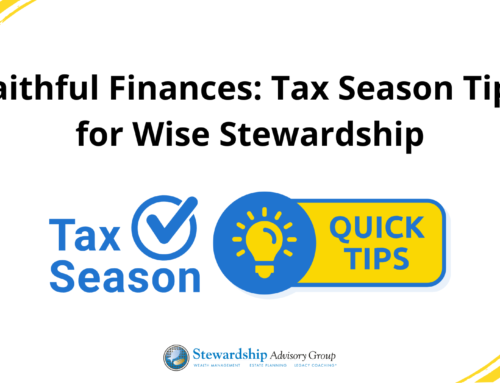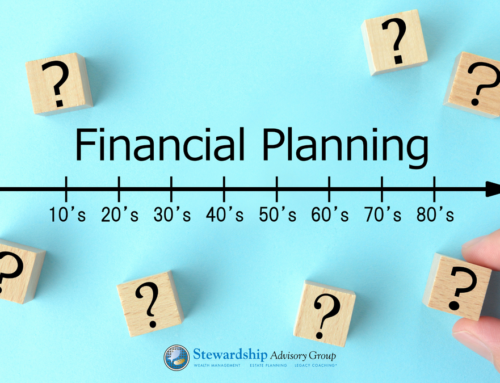As summer begins to draw to an end, thoughts of being able to linger longer at your favorite vacation spot inspire you to start dreaming about retirement. But dreams won’t get you there. Planning for retirement begins when you start to envision it. This month’s newsletter is full of important details to consider as you look toward retirement. Here are 5 ways to plan for retirement now.
Assess your current situation
How is your current income meeting your needs today? Honestly examine your finances to identify any shortfalls and create a plan to address them. This Pre-Retirement Checklist can help you determine where you are at in the retirement planning process and help to reveal gaps you might have in your planning.
Set retirement goals
How realistic are your goals? Will you outlive your investments? View this article to compare your expectations to reality and see if your goals are realistic or if you might need to make some adjustments. Some common goals to consider are:
- Saving: Some experts recommend saving 2–3 times your annual salary. You can consider increasing your contributions to retirement accounts, such as a 401(k) or IRA. You can also take advantage of catch-up contributions, which can help you save more and potentially lower your taxes.
- Diversifying: Investing in different asset classes, such as stocks, bonds, and cash, can help ensure a financially successful retirement.
- Planning: When planning for retirement, consider your anticipated lifestyle, expected retirement income, and risk tolerance. As you approach retirement, you can also start calculating your expenses and budget.
- Managing: You can consider how to manage your assets, both during your lifetime and after your death, through estate planning. You can also plan for long-term care expenses, like medical bills and assisted living fees.
Downsize your debt: The transition toward retirement necessitates a different approach toward debt. Paying off debt before you retire can help ensure a comfortable retirement. Consider accelerating mortgage payments or paying off loans. You can also use catch-up contributions to help increase your nest egg.
Invest wisely
While you might want to make less risky investments than when you started working, investing can still provide a higher return than a savings account. Read this article on Retirement Income and the Traditional Portfolio for ideas and strategies for your portfolio. While maintaining a consistent investment strategy is wise when the market fluctuates, an investment strategy is not a “fix-it-and-forget-it” paradigm. Contact us for a free consultation to see if your strategy is optimized for your goals.
Max out your retirement accounts
New retirement contribution limits in 2024 can mean using a different investment strategy to reach your goals. Considering healthcare and long-term care in your strategy can also impact your planning. If we can help you as you work toward your retirement goals, don’t hesitate to reach out.






